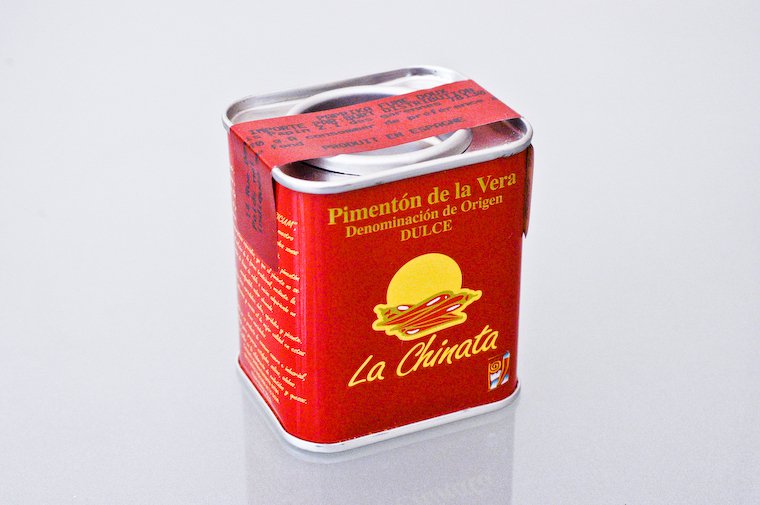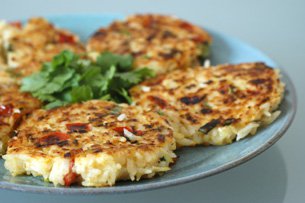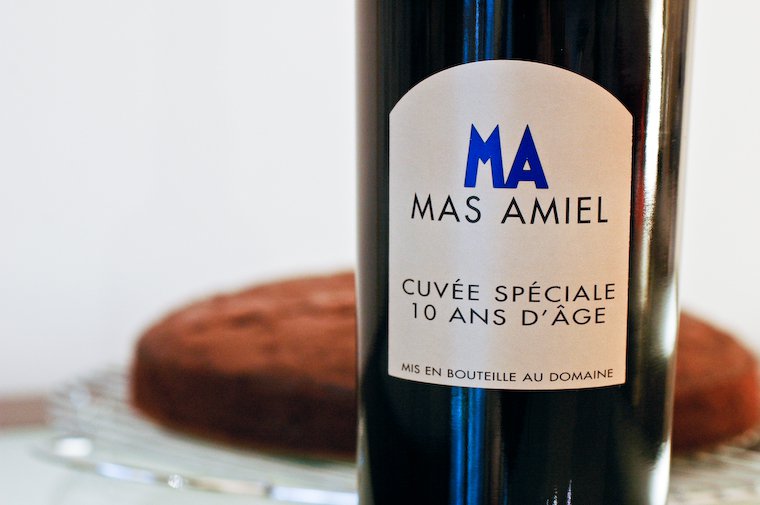Pimentón de la Vera is a paprika-like powder made of smoked and ground chilli peppers, produced in Extremadura, one of the seventeen autonomous communities of Spain. Extremadura is in the South-West of Spain, close to Portugal, and it is in fact where the first chilli peppers were introduced as they were brought back from the New World.
Pimentón is made from pimientos that are grown locally, and then slowly dried over an oakwood fire. The process lasts for ten to fifteen days, during which the peppers are constantly hand-turned, until they are completely dried and infused with smoke flavors. They are then transferred to a manufacture where the stem and seeds are discarded, and the flesh is ground to a super-fine, brick-red powder.
I get particularly excited about “magic” spices that shake up any dish you put them in, and lend it an unusual depth of flavour.
Initially made by monks from a Yuste monastery in the 16th century, pimentón progressively grew to become a regional specialty, and was awarded a Denominación de Origen to certify its quality and authenticity. It was the first chili pepper to be thus protected, just before the piment d’Espelette. About a dozen producers are currently allowed to call their chili powder Pimentón de la Vera, and their little tins are marked with a special numbered label.








